Description
Simply put, there is an excessive amount of data to be regulated in such a manner and expect it to be successful. It is useless and has no sense until those giant characteristics with unbelievable dimensions are identified, and it consists of enormous characteristics with huge dimensions. Until then, it is meaningless and has no sense. It is essential to transform these high-dimensional data into low-dimensional data so that a more effective machine learning model can be developed to classify the data and so that the processing of the data may be simplified. It is possible to rapidly train the high-accuracy model utilizing low-dimensional data, which involves significantly less effort and time than traditional methods. When we engage in activities in the real world, we are frequently put in situations in which we are confronted with information and things that, to be properly labelled, require some form of classification. The financial sector is getting set to capitalise on the benefits of machine learning to acquire a strategic advantage in the market and keep its competitive edge. This will allow the industry to remain competitive. This is made possible by the availability of complicated models that are capable of being run on high-power computer computers at a cost that is gradually lowering. This is made possible by the availability of sophisticated models. These benefits are within reach due, in part, to the nearly infinite capacity of data storage, which also contributes to the fact that they can be easily obtained. In the actual world, some of the use cases have already been implemented; however, in order for the remaining use cases to be realized, it will be essential to overcome some existing commercial and operational challenges. While some of the use cases have already been successfully implemented in the real world, others have not yet achieved this level of success. In the second chapter, we covered the definitions of a wide variety of important Boolean function subsets. Let’s assume we make the decision to apply supervised function learning to one of these subsets by utilizing it as a chapter set. In this scenario, the subset will be treated as a chapter set. The second question that we have to ask ourselves is how we can most effectively implement the function as a device that, when given a variety of inputs, generates the outputs that are mandated by the function. This is the second question that we have to ask ourselves. In this chapter, we will explore how various input-output functions may be implemented with the assistance of networks of non-linear components, as well as how these networks can be trained with the assistance of supervised learning techniques.
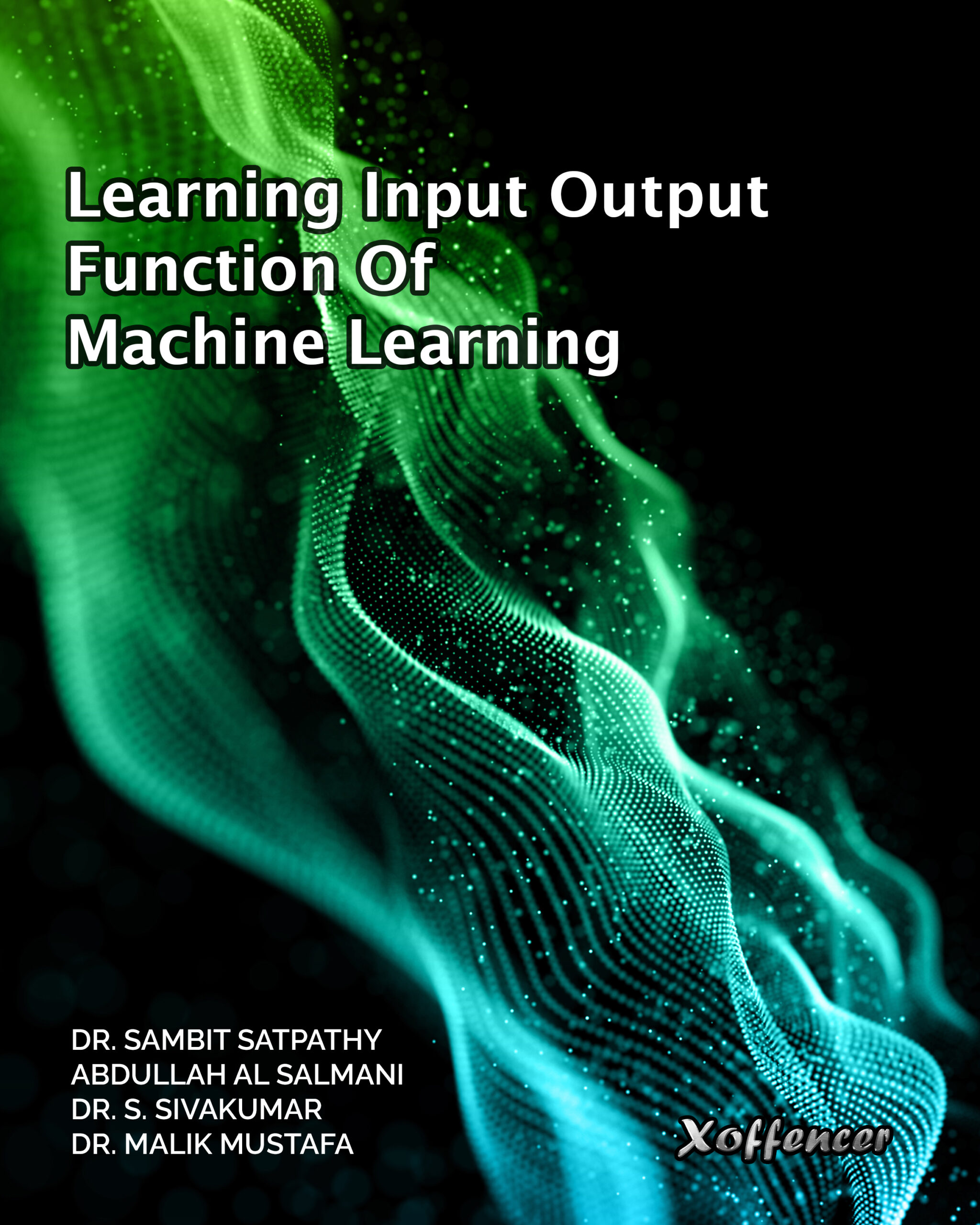

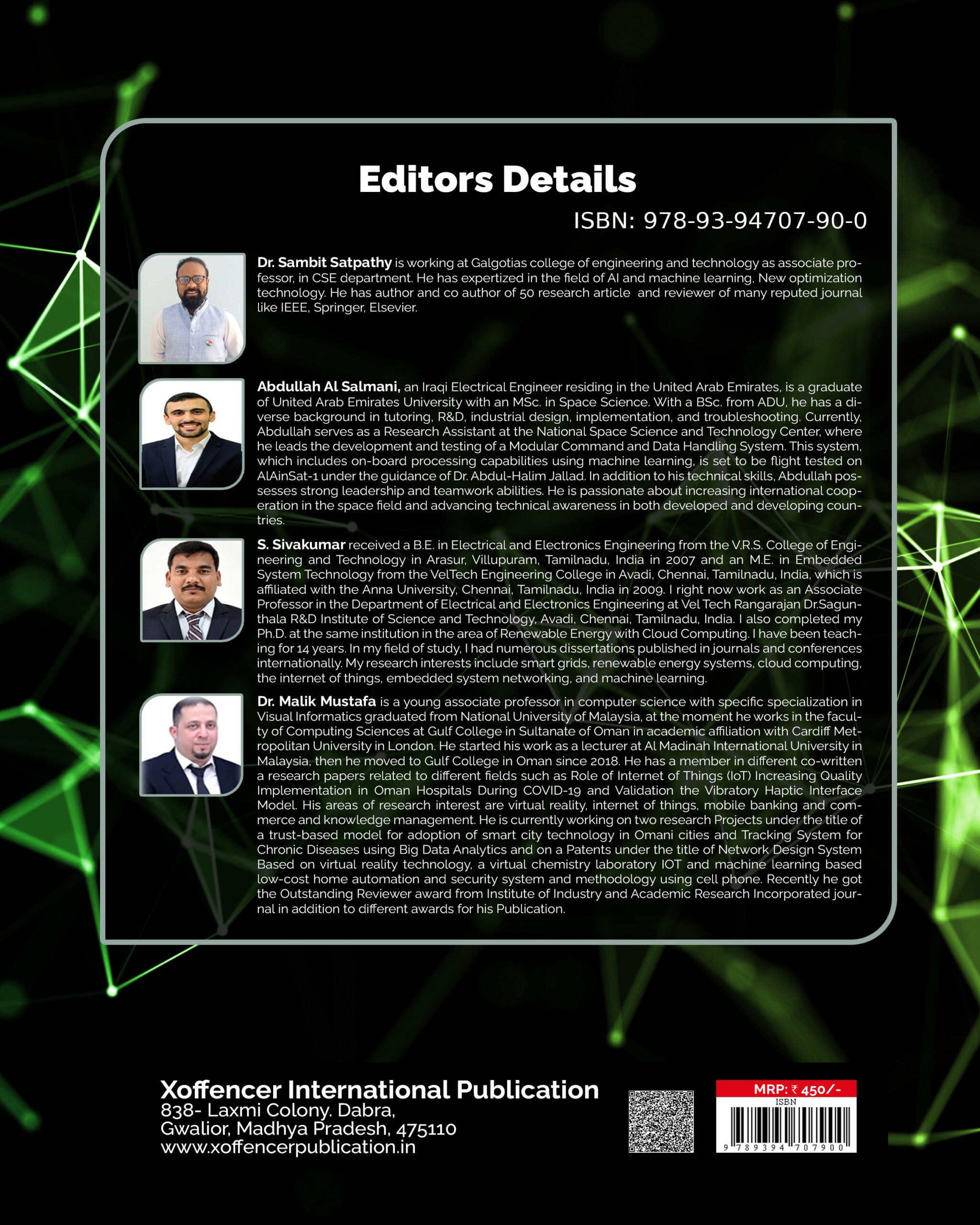
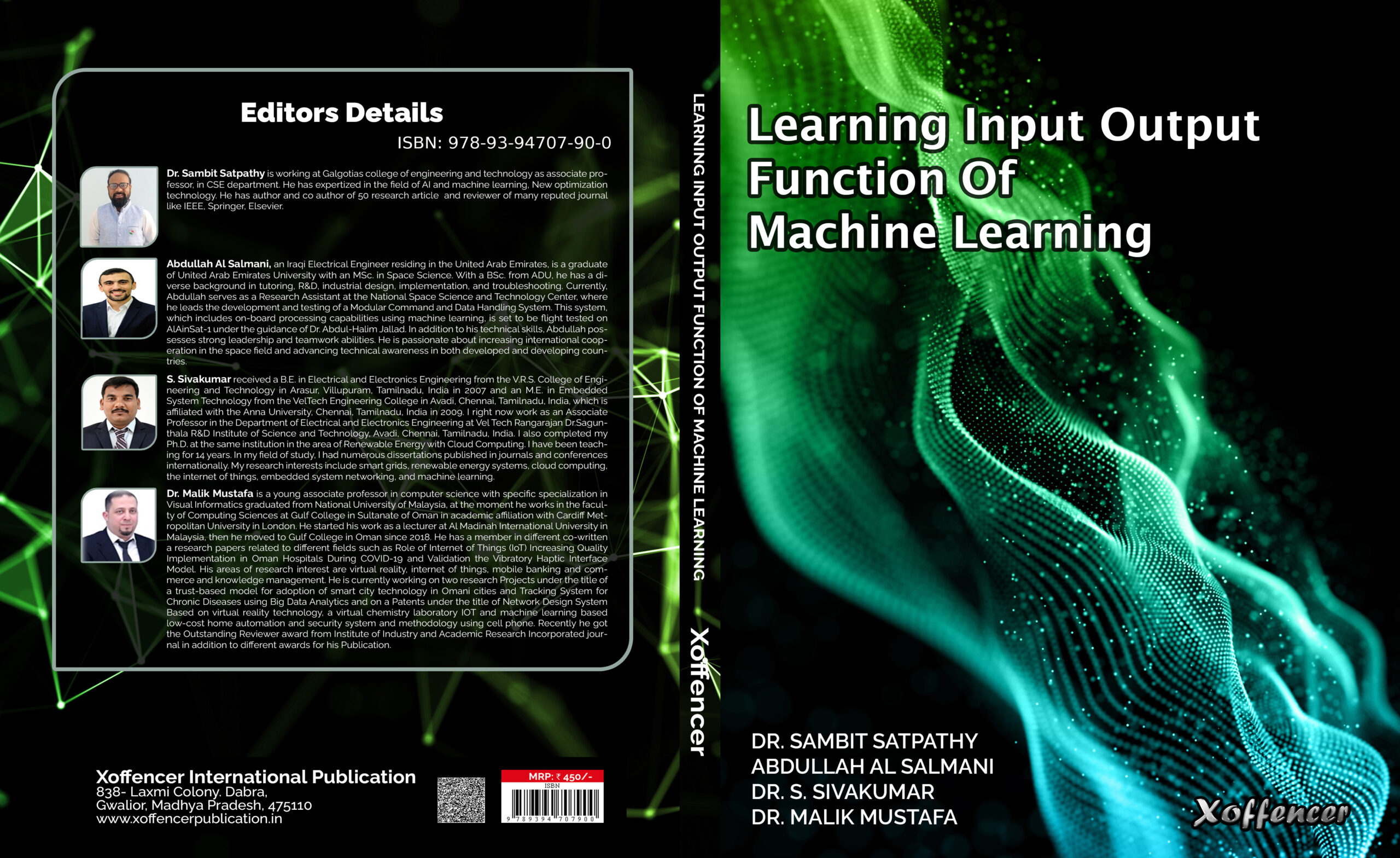

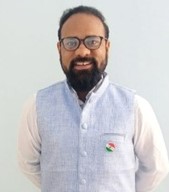
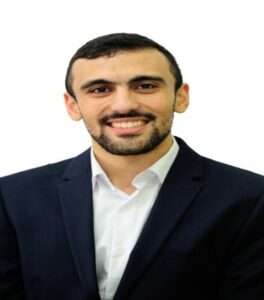
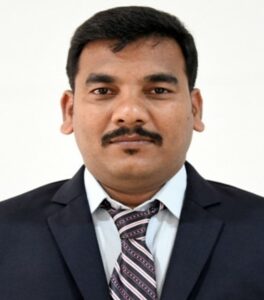
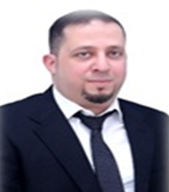
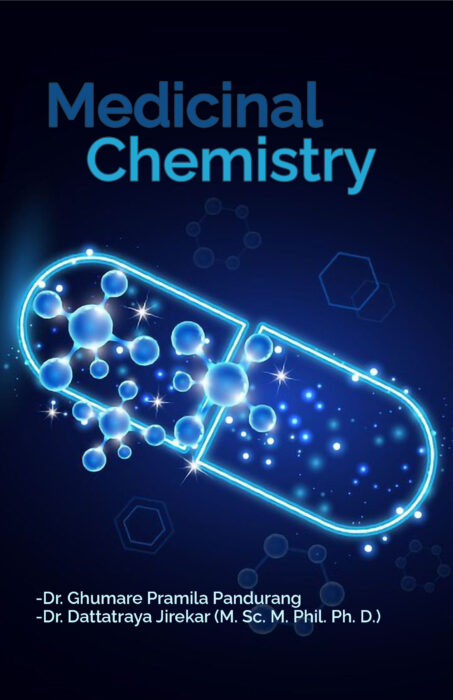
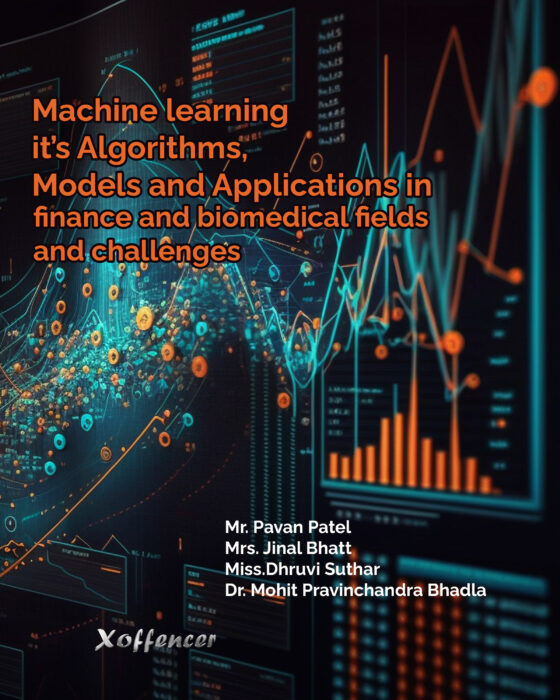
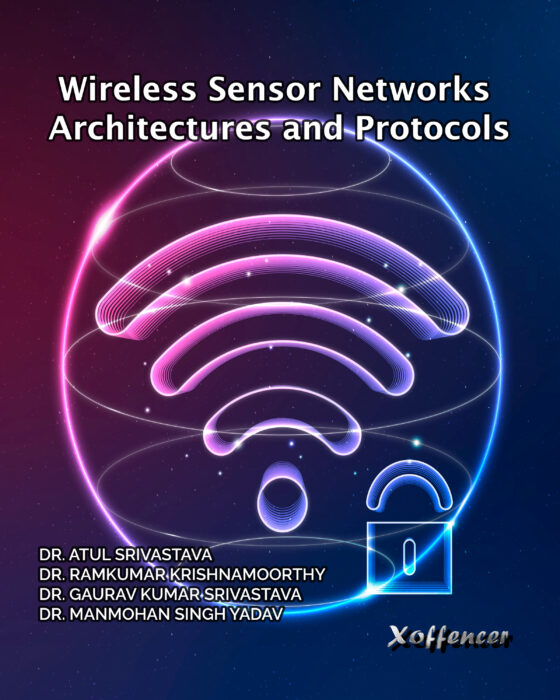

Reviews
There are no reviews yet.